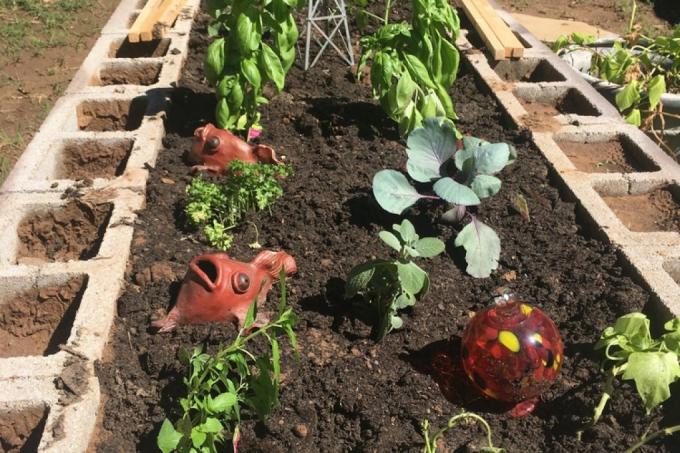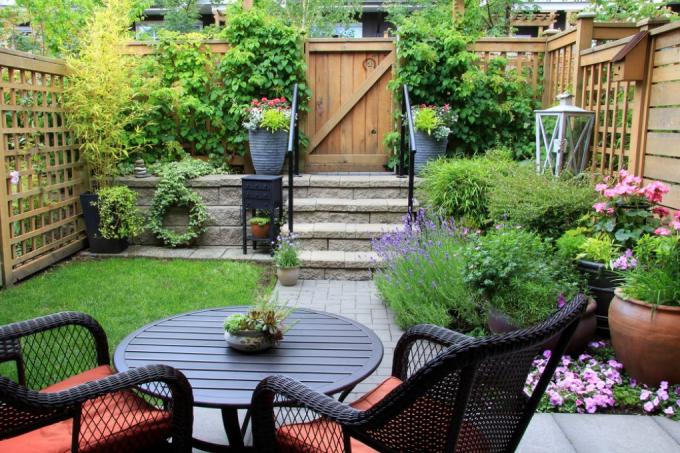How does an analog rain gauge work?
This rain gauge collects precipitation in a container. Snow or hail are also taken into account once they have melted. For this purpose, the measuring cup has a scale on which you can read the amount of rain. One millimeter of liquid in the glass corresponds to one liter of rain per square meter.
also read
For an accurate measurement, it is important that you empty the analog rain gauge on a daily or weekly basis. This is the only way to get results that you can use to reliably determine the required amount of water.
Building instructions for a mechanical rain gauge
The materials for our rain gauge can usually be found in every household. It is a real upcycling product that saves resources.
Materials needed
- 1 mason jar or glass jar with a flat bottom
- 1 sturdy wooden stick
- 1 waterproof fineliner
- Several stable rubber rings
- 1 old funnel
- waterproof tape
- level
building instructions
- Attach the tape measure to the glass with tape.
- Starting at the bottom of the glass, draw a straight, fine line in 2 or 5 millimeter increments.
- Work very carefully to get the most accurate measurement result possible.
- Remove the tape measure.
- To minimize evaporation of liquid, set the funnel(€7.00 at Amazon*) on top of the glass and secure with the waterproof tape.
- Attach the glass stably to the wooden stick with several rubber rings.
- Stick the stick into the ground and use the spirit level to align the rain gauge.
How much has to be poured?
How much water you should water depends on the planting on the one hand and the soil conditions on the other. The rule of thumb is: 10 to 20 liters of water per square meter should not be undercut in a week.
Tip
Digital rain gauges are particularly accurate. These are connected to a weather station, which also shows you important data such as temperature, humidity, air pressure and often even the expected weather. With some variants, you can alternatively read the results via an app on your smartphone.









